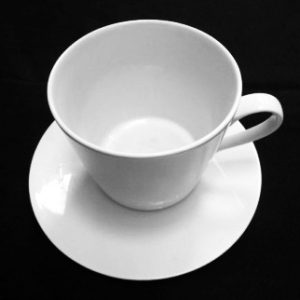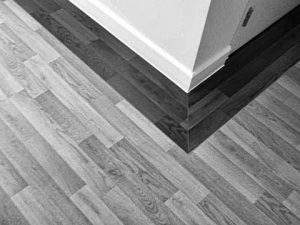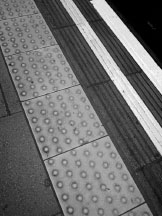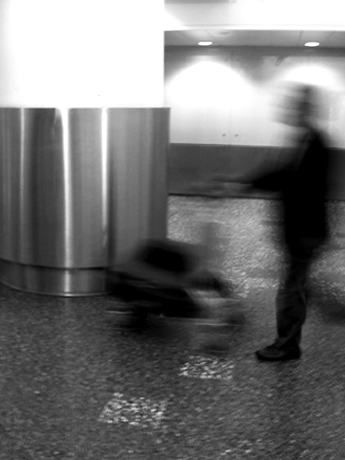“Good contrast helps VIPs see the world more clearly – so measure the LRV”
-

Light Reflectance Value (LRV) is the light reflected from a surface
- A surface’s darkness to lightness is measured from 0 – 100% LRV
- LRV data is essential to all the design and construction industries
- The LRV of materials is measured with a handheld colorimeter
- CONTRAST is the difference between two adjacent LRVs
- For example a Door in a wall, or Nosing on a stair tread
- Measure the LRV of a door – 10% for a dark wood, then measure the wall, 35%
- The CONTRAST difference….25?
- 30 is a basic requirement so increase the LRV of the wall to 45%
- Then the CONTRAST is good for VIPs at 35+
- Building materials’ manufacturers should now supply the LRV values
- Architects, surveyors, purchasing managers, specifiers, access consultants and designers all need LRV data
What is LRV?
“LRV is the measurement of reflected light back from a material surface as a percentage”
 The % of lightness to darkness reflected from opaque surfaces
The % of lightness to darkness reflected from opaque surfaces- It is not a colour reference
- LRV % ranges from 0% for most Dark Colours/Black, to 100% for White
- However, measurements rarely achieve a 100% for white
- Some white paints with fluorescent additives may reach 90% +
- Most dark, textured surfaces like carpeting reflect no light at all
- So a 0% maybe normal as all the light is absorbed
- The difference between two adjacent LRV % is the CONTRAST
Why measure LRV?
“Take the guesswork out of accessibility – save time and money by supplying the LRV data”
 A critical element of a building should be visible at a safe walking distance
A critical element of a building should be visible at a safe walking distance- People with low vision need to be able to see a hazard 3 metres away
- Good CONTRAST aids 93% of registered Visually Impaired People (VIP)
- Designers can check the App for safe navigation for people with low vision
- Design and build projects all require LRV data on proposed materials
- Without LRV data, companies loose contracts, waste money and time
 Manufacturers of building materials provide the LRV % for projects
Manufacturers of building materials provide the LRV % for projects- LRV % is needed to calculate the CONTRAST between adjacent materials
- So all materials should have an LRV % reference
- Many countries demand this information prior to approving specifications
- Relevant for millions of materials in the building industry worldwide
What is CONTRAST?
“Using CONTRAST between two adjacent surface LRVs prevents accidents”
- CONTRAST is the difference between 2 LRVs
- It is a straight one minus the other not a %
- A CONTRAST difference (CD) of 30 is a basic ‘rule of thumb’
- CONTRAST is essential information for professionals in design and build
- Suppliers publish the LRV % in their technical specifications
- A 70 CONTRAST is vital for visibility of signage
- The sign border, background colour or text needs this to stand out
- High positioned signs are less easy to spot and read
- Check this with the CROMOCON APP
- All 5 FACTORS affect visibility

